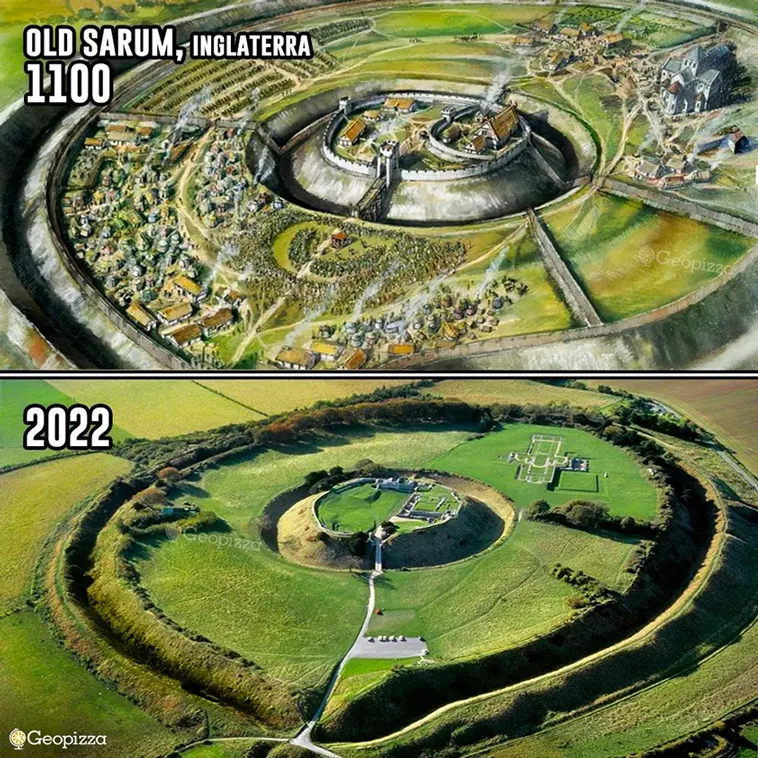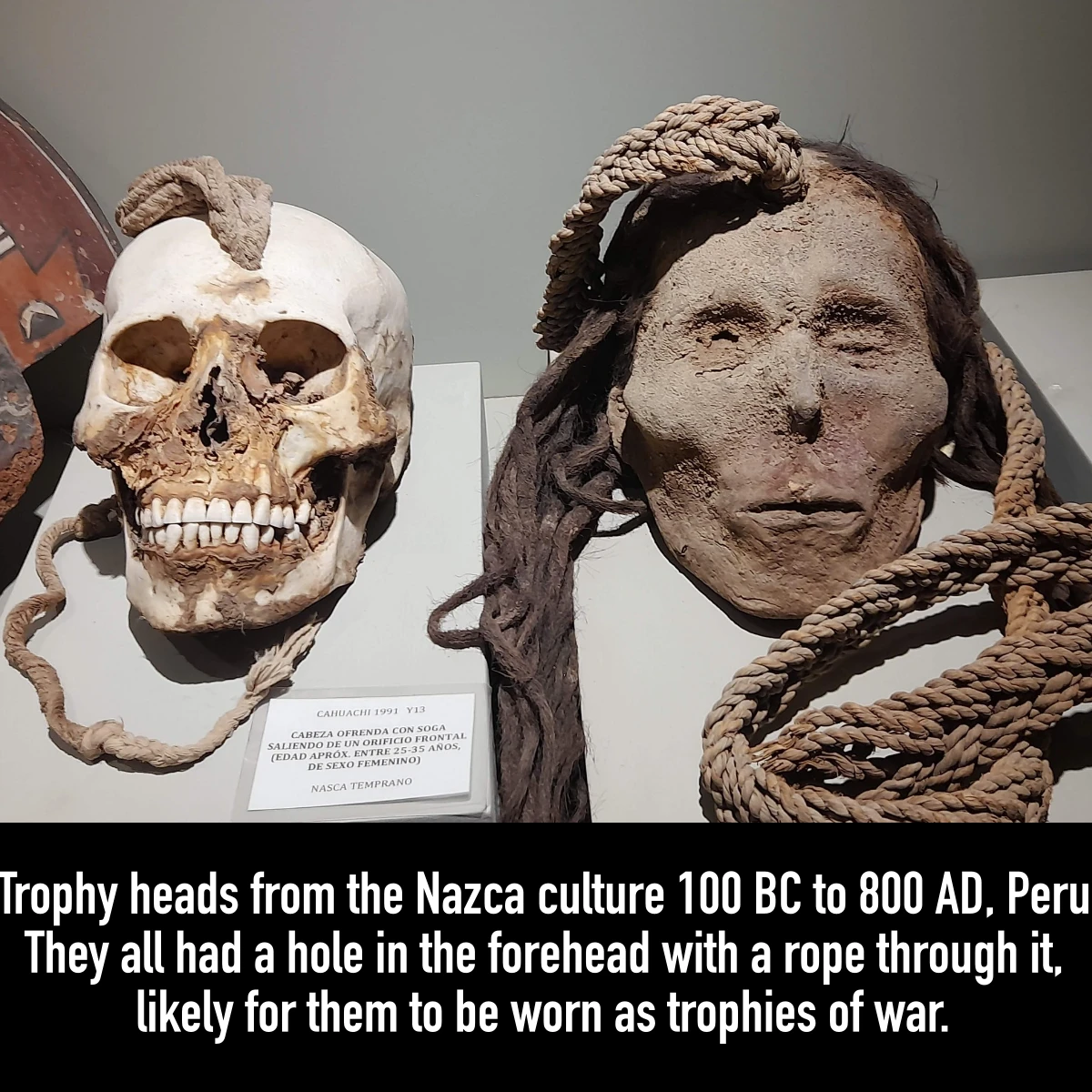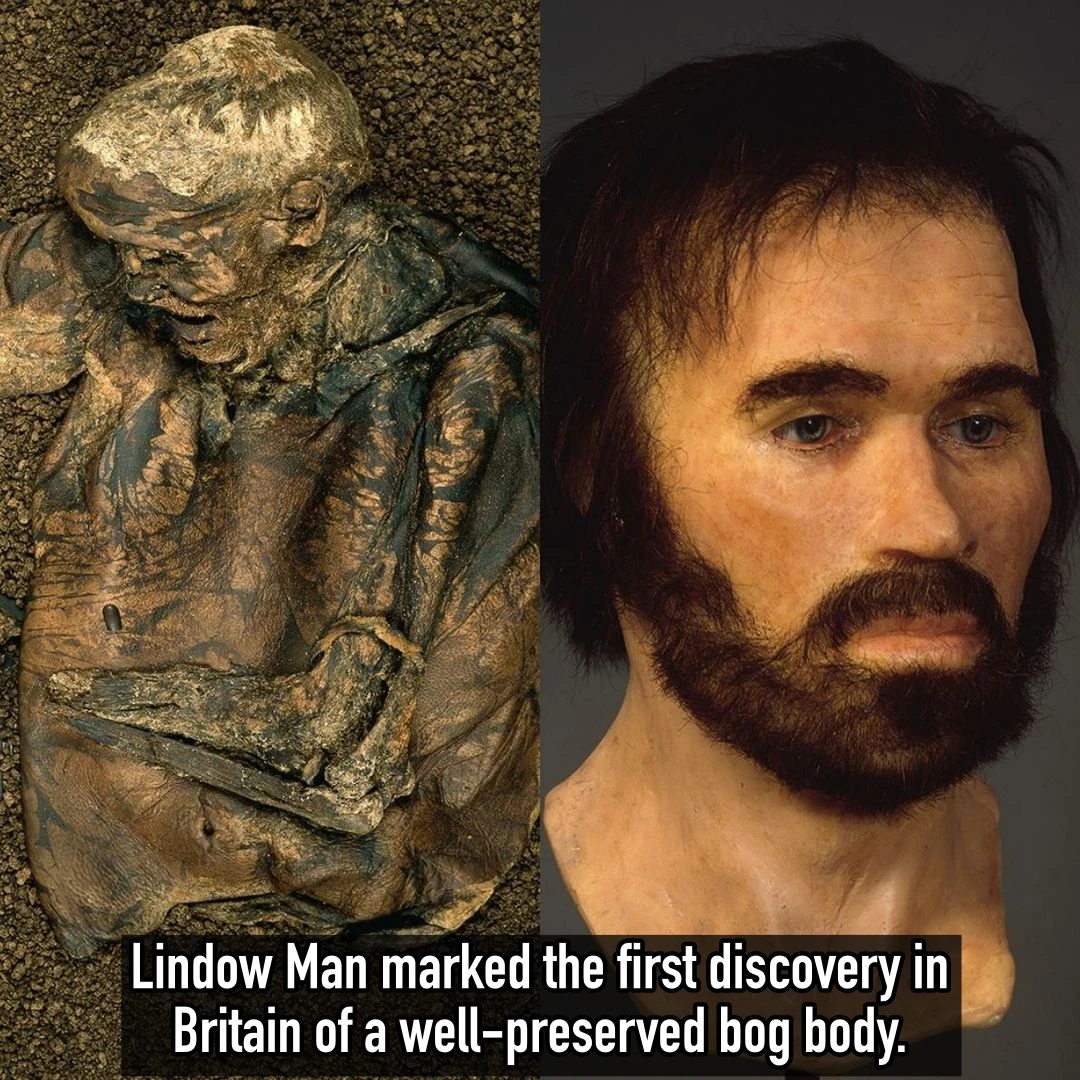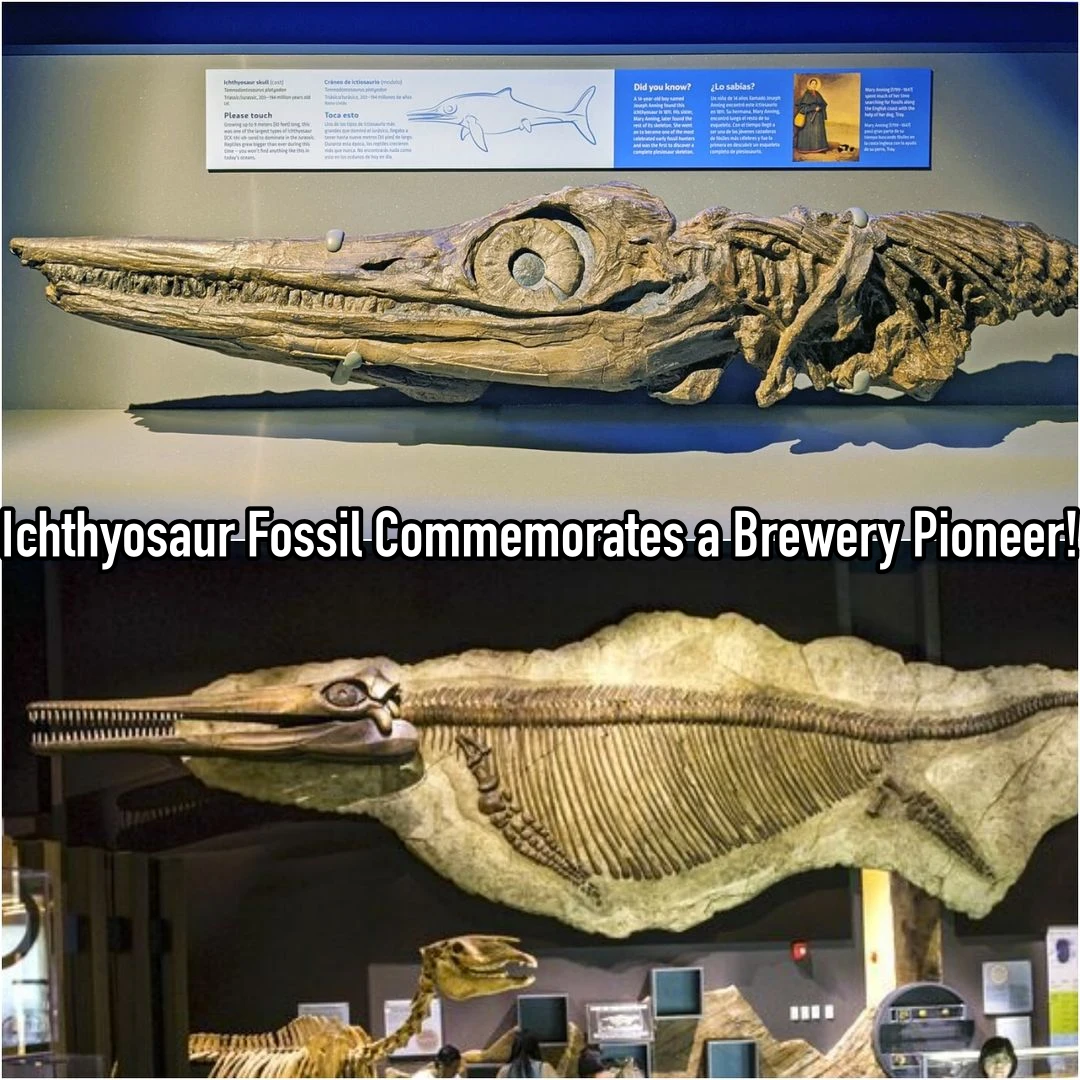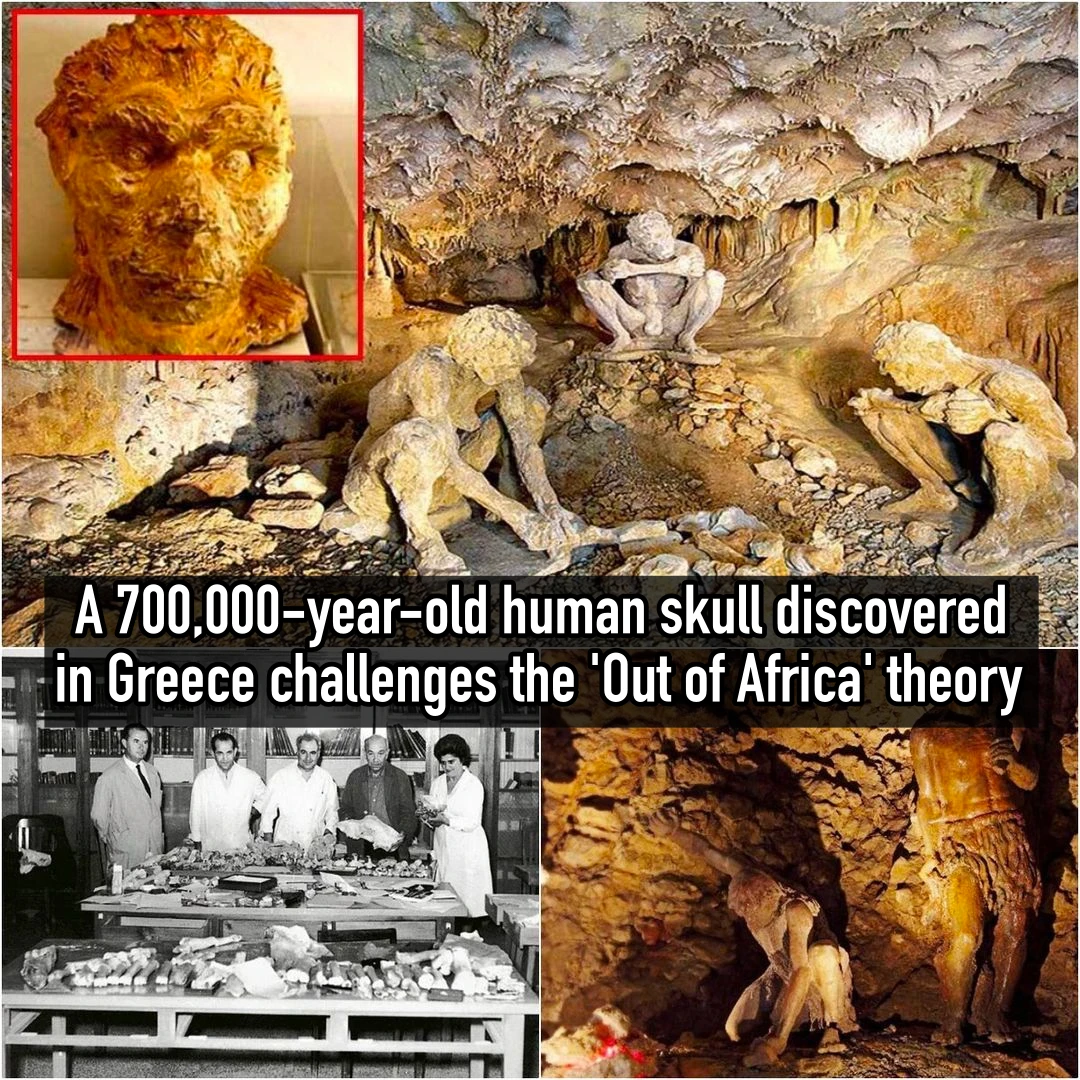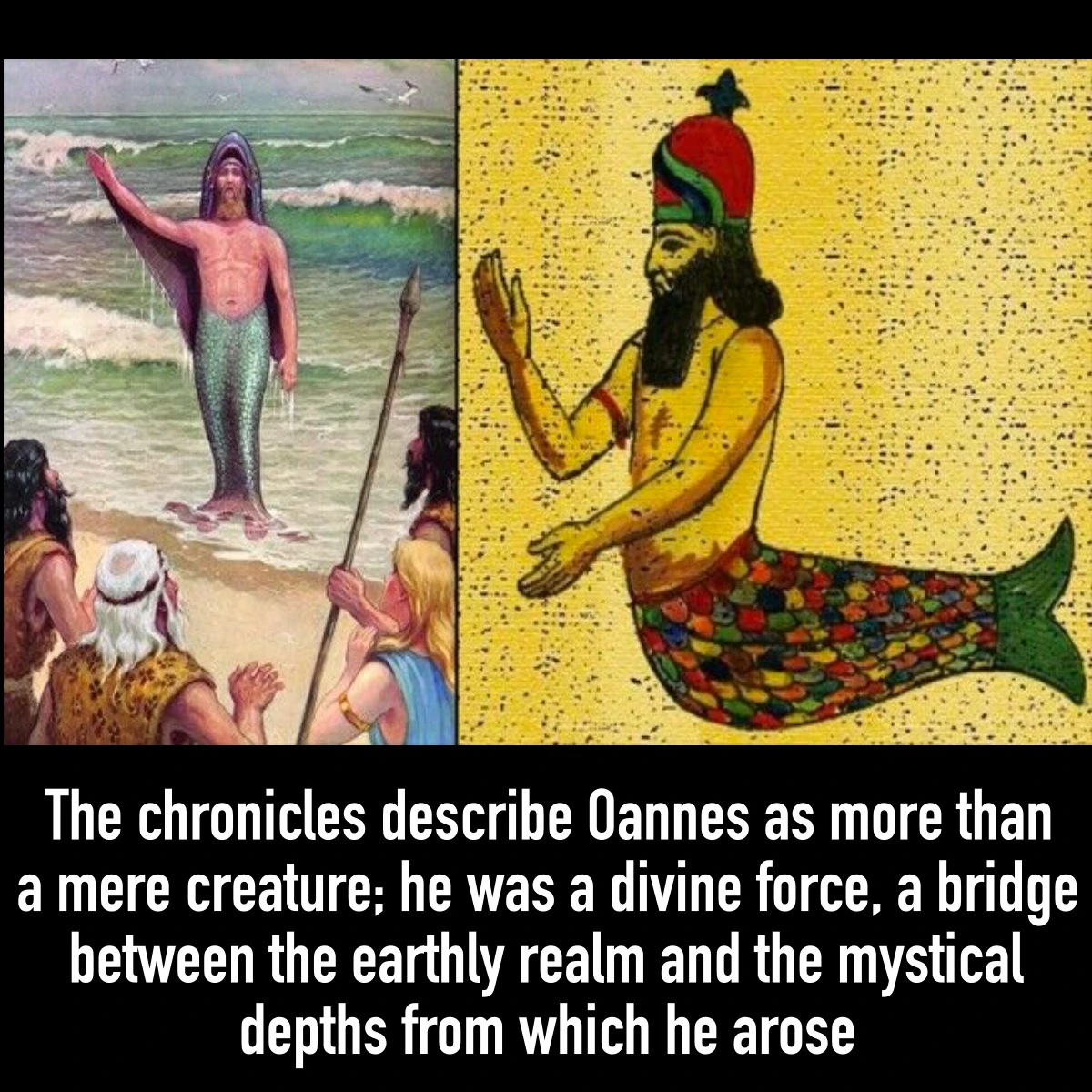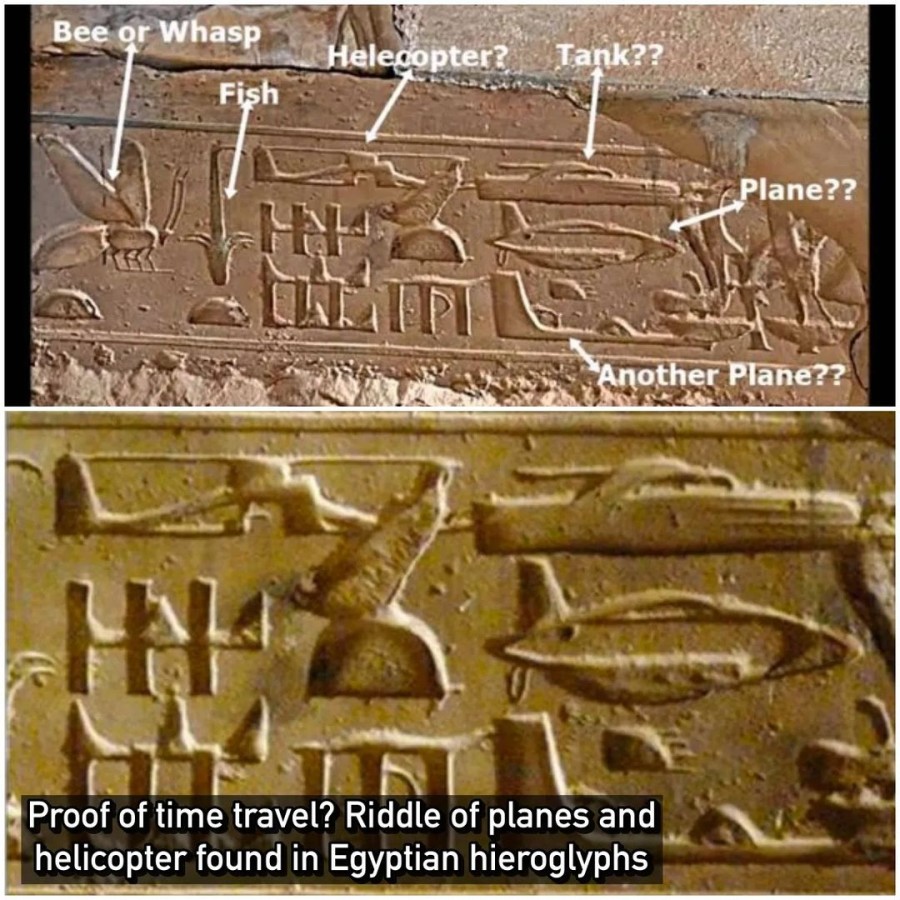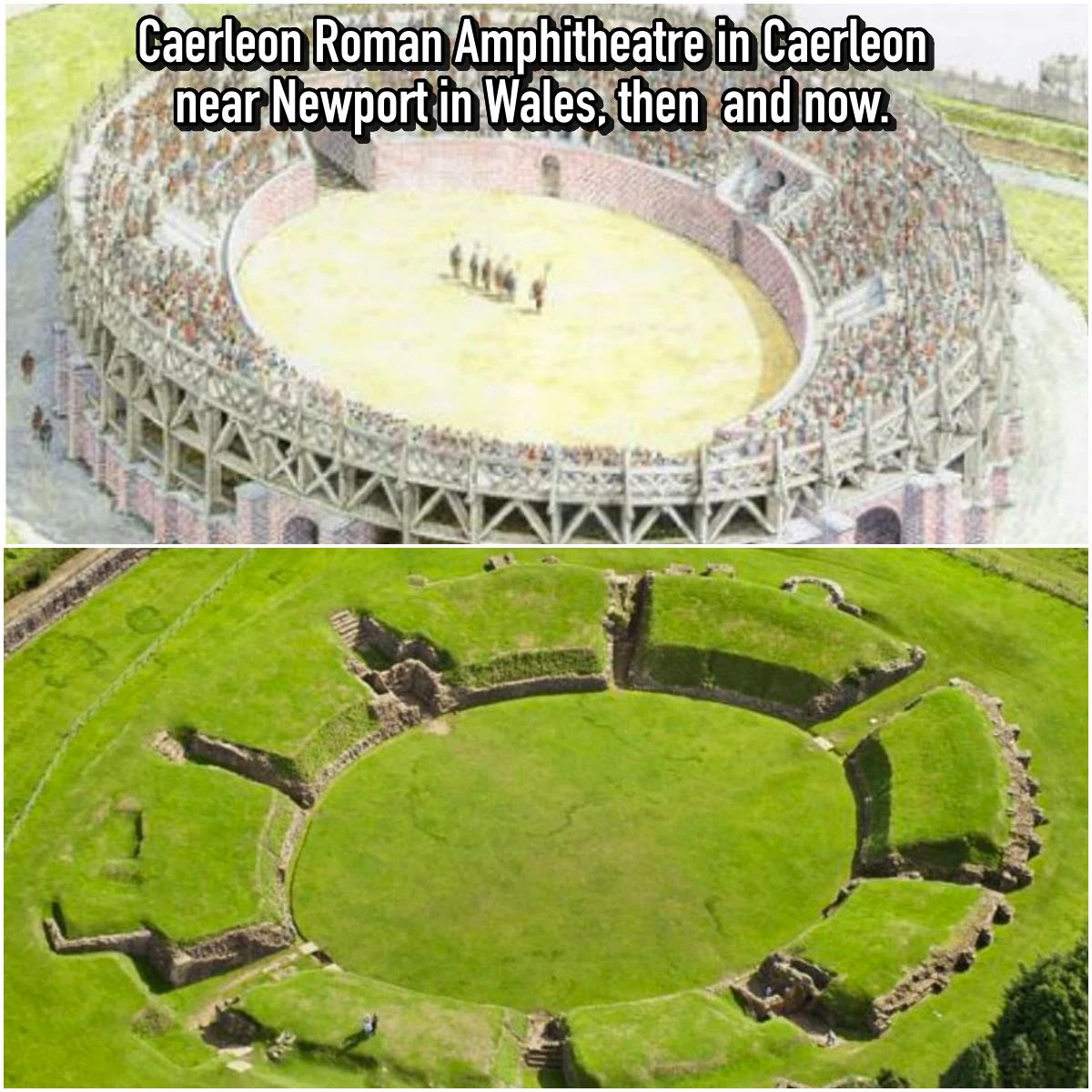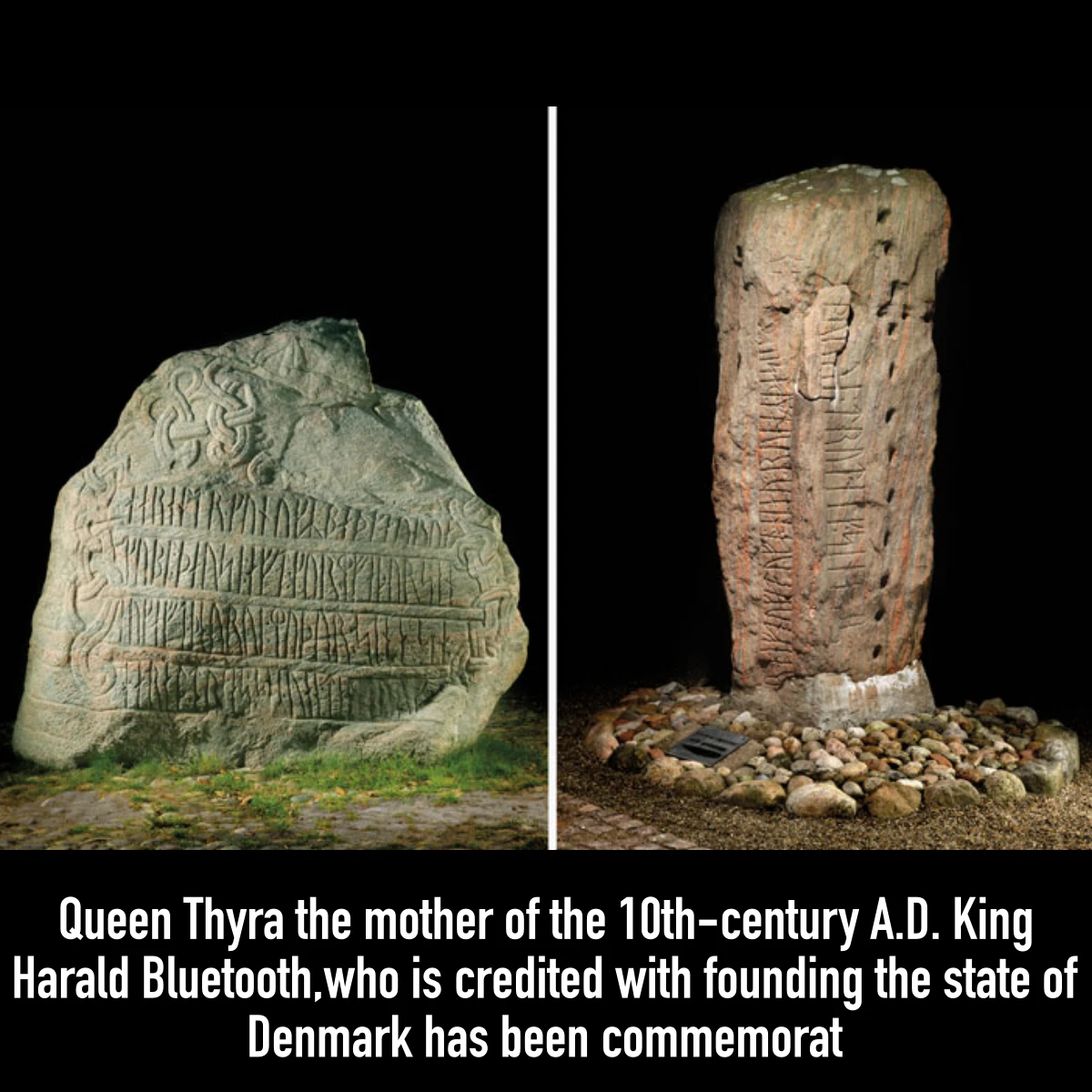Old Sarum is combines a royal castle and cathedral within an Iron Age fortification. This is one of the most enthralling and historically important sites in southern England.
Old Sarum is one of the most enthralling and historically important sites in southern England. Uniquely, it combines a royal castle and cathedral within an Iron Age fortification, and for 150 years was a major centre of both secular and ecclesiastical government. Neither castle nor cathedral was occupied for long: in 1226 the cathedral was moved to Salisbury, although the castle remained an administrative centre into the 14th century. Old Sarum lived on, however, as a notorious ‘rotten borough’ which continued to elect members of Parliament until 1832.
